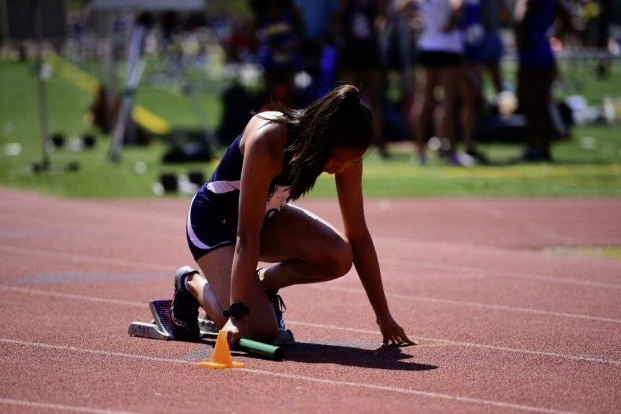Athletic Recruiting
Every year, tens of thousands of high school students get recruited for collegiate level athletics. There are 347 Division I, more than 300 Division II, and more than 440 Division III colleges encompassing more than 460,000 student athletes. High schoolers all over the country are competing to get recruited. According to scholarshipstats.com, in the 2016-2017 school year, the vast majority of high school athletes who went on to participate in college sports did so in Division III, about 7% went on to play college varsity sports, and only about 2% played for Division I schools.
In order to compete in Division I or II athletics students need to register with the National Collegiate Athletic Association Eligibility Center (NCAA EC). The NCAA EC determines whether students meet the standards to compete in collegiate level athletics through a standard called initial-eligibility. Initial-eligibility considers standardized test scores, number of core classes taken in high school, and the grades that the student-athlete received in those classes.
Division I athletes must complete four years of English, three years of math (algebra one or higher), two years of natural or physical science as well as one year of lab science, two years of social studies, one extra year of English, math, or science and four added years of English, math, science, social studies, foreign language, comparative religion or philosophy. If students looking to participate in Division I do not meet these standards, they cannot play games or participate in meets their first year in college, but they can practice for their first term and receive an athletic scholarship for the whole year.
Student athletes must maintain a 2.3 grade point average (GPA) in all their core classes. SAT and ACT scores are on a sliding scale in order to determine eligibility. If a student athlete has a lower GPA, a high SAT or ACT score will balance that out, and vice versa. Division III student athletes are held to similar standards in terms of academics, however, they do not have to register with the NCAA EC.
Student athletes have all sorts of reasons for getting into college athletics. Some do it purely for the fun, some are determined for that scholarship and there are those who are right in between.
“I’ve been playing volleyball since I was little but never really got into it seriously until eighth grade,” varsity volleyball player and junior Lauren Bauer said. “I would love a sports scholarship toward college for the fun of it but I am still deciding whether or not I will be playing fully in college.”
There are a number of online services that focus on aiding student-athletes in the college search, allowing them to create profiles that coaches use to help themselves make decisions on whether to make an offer for the student-athlete to attend a camp or a tryout. These types of websites can help give the advantage of being able to more easily find colleges that fit their needs by matching student-athletes with colleges for them to look at and potentially email about programs at the school. Websites like this also help the colleges find student-athletes; if a coach sees an athlete perform well at a meet or game, then they may look them up on one of these sites and ask if they want to come to a showcase or visit the school.
“I am on a recruiting website called NCSA which is basically a website that has everything a college coach would need to know about me and where I am running wise,” varsity track runner and junior Lucy Brookover said. “I email coaches here and there if I get a personal record.”
Along with taking the SAT or ACT and completing coursework, student athletes spend a considerable amount of time on their sport and presenting themselves to colleges, so they have a lot on their plate before they even get to college.










